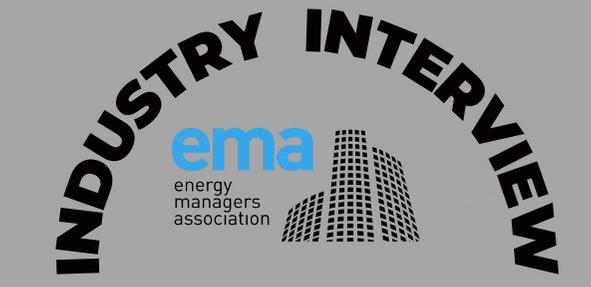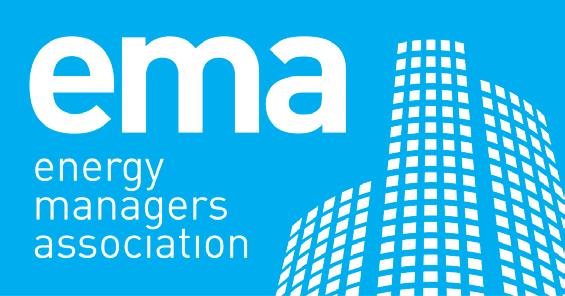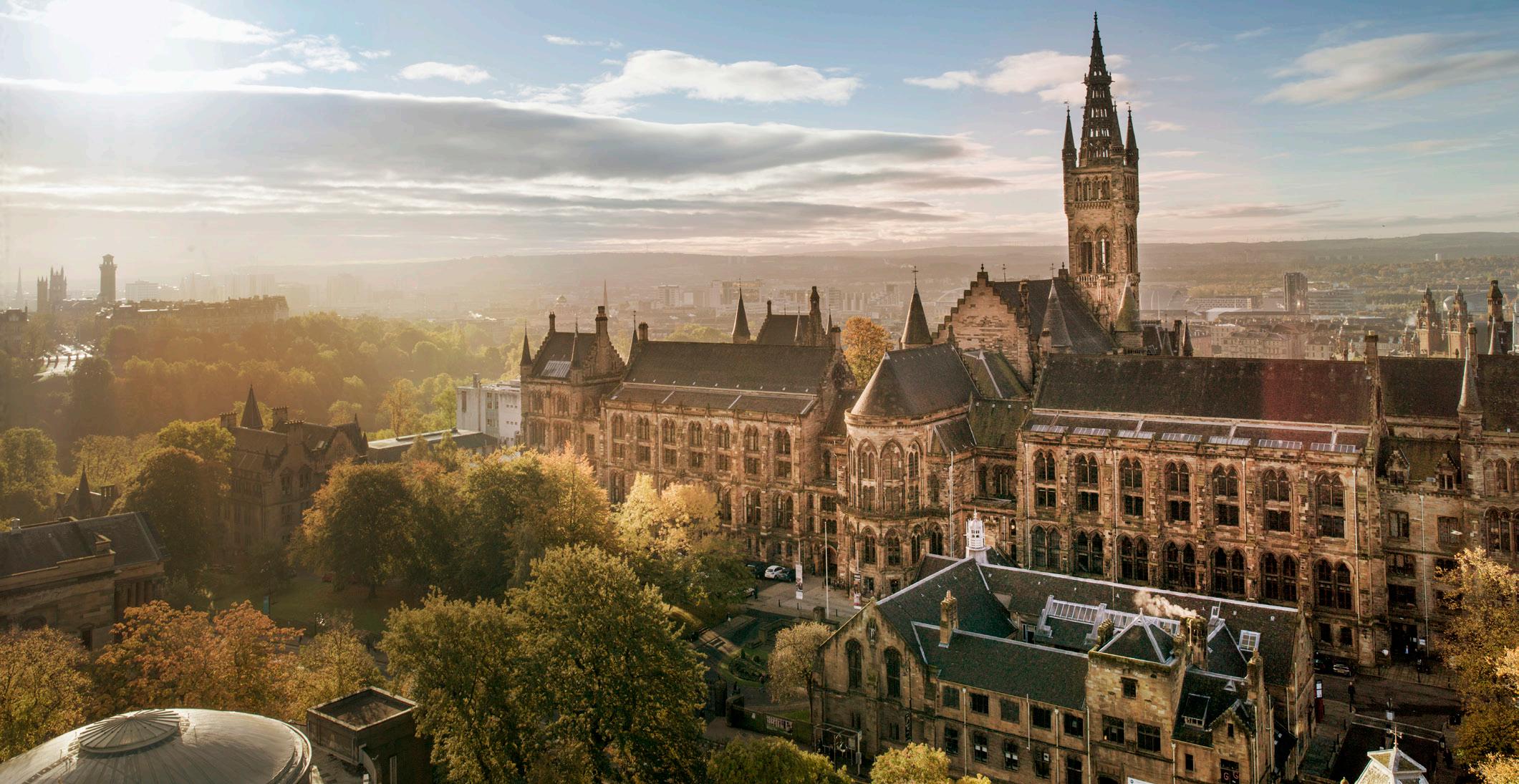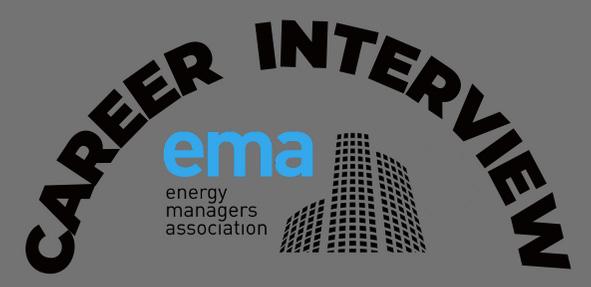
13 minute read
ENERGY EFFICIENCY OPPORTUNITIES IN DATA AND REPORTING
by Madeleine Harris, Commercial Energy Analyst at Dŵr Cymru Welsh Water
Advertisement
Dwr Cymru Welsh Water is the 4th largest company in Wales. We serve most of Wales and Herefordshire through an extensive asset base of over 56,500km of clean water mains and sewers, over 800 wastewater treatment works and 92 reservoirs.
The day-to-day job for a lot of my colleagues in our in-house energy team is spent travelling all across Wales, helping to build and maintain our physical assets to ensure we deliver the greenest, cleanest and most efficient energy services we possibly can.
While I am no stranger to a hard hat and safety boots, I help create value from arguably one of the biggest assets a company can have in the 21st century, right from my desk at home – our data.
During my time at Dwr Cymru, I have been involved in quite a few energy projects involving data, from automating an anaerobic digestion plant’s SCADA system, to creating and implementing the financial budget through our team’s favourite new data modelling tool, Power BI. I have always been drawn to these sort of projects, not just because I feel as though numeracy is my mother tongue, but because I truly believe that understanding energy habits is the first and most important step in order to achieve energy efficiency, and this can be achieved through communicating the data we harness. So, I would like to share a bit of insight regarding this, from my recent project of creating the power budget for next year.
The most surprising energy efficiency opportunity
This is not surprising in the sense that it is unexpected, but such that this efficiency rarely comes without causing a bit of shock or a few challenges along the way: behavioural change. It is a big challenge for our team as we reach our limits of optimising through replacing inefficient bits of equipment for efficient ones. We know the scope for further efficiencies has to be driven by behavioural changes to reduce consumption, which is not as easy to implement. Culture change causing a massive headache for organisations is hardly news. While new technologies and ways of working become widely available, encouraging the uptake of these new changes require individuals to make choices where benefits may come to fruition in the long term, so are often overlooked.
TRIAD season is a perfect example of this. Each year, to try and catch the 3 highest half hourly periods of highest recorded UK electricity demand during the winter period, the energy team calls multiple TRIADS. These short-notice changes in consumption can be very disruptive to many areas of the business but is required to save us paying extremely high costs for our power.
The transfer of control and accountability is very welcome when we have achieved savings from efficiency projects or consumption reductions. However, the idea of new challenges or ways of working in the
form of new projects and reduced budget targets can often cause a bit of tension, and sometimes a bit of push-back. Despite superconservative project delivery dates and months of data to prove consistent reductions in consumption for some sites, we found some of our customers reluctant to accept a saving target in their budgets for next year. Sometimes new ideas may clash with short-term decision making or have an element of uncertainty – it is natural for people to stray from the accountability of something uncertain. People resist change when they believe they will lose something or fear they will not be able to adapt to these new challenges, and the consequences of this.
However, as a team we assure others through the provision of data, and our communication around it. We celebrate organisational successes through our reports, particularly during Triad Season, to achieve consistent buy-in from all areas of the business, which can be hard to achieve when some business results are disappointing. My adaptable colleagues are active participants in any changes we may suggest; we realise that for behaviours to change, we really do need to lead by example to ensure we are all singing from the same hymn sheet. We promote our reports, show others how to use them and proudly take on any queries or feedback that comes our way. We take the time to hear people out, take on board worries and concerns, and we make everyone else part of our story. You would never find someone in our team saying, “That’s not my job”, the kind of attitude needed to lead change.
The no cost energy efficiency opportunity
We were always taught ‘Good manners cost nothing, but are priceless’, and I have found this has certainly applied to my recent projects, making good manners and engagement my “No Cost” efficiency opportunity. Although it seems like something obvious, it can often be overlooked as we do not always audit our style of communication, or it is not something we are always aware of. To deliver on efficiency projects, good rapport and engagement with the team taking on the efficiencies is crucial – no one will be motivated to deliver things that are just being demanded of them with no explanation. We achieve things together through collaboration. After submitting the budget, I engaged with stakeholders about their year to date performance and prospective budgets. I was really delighted to see that after being presented with data about certain sites, our customers were able to pinpoint the reasons why the performance of certain assets were different from expected, and they were keen to go and discuss this more with their teams to find more answers. We provide the data and the visuals, but ultimately catchment managers and our operational colleagues are the ones who provide the narrative and the answers! Good communication and engagement of the data we present to other teams then creates the perfect environment for problem solving and driving efficiencies.
The low cost energy efficiency opportunity
This can be ‘low cost’ depending on what tools and skills you have, but from my own personal experience the provision of transparent, user friendly data is my “Low Cost” efficiency. Power BI, a business insight platform created by Microsoft, has had increasing prevalence in my team over the past couple of years.

We have worked on building our own knowledge and skills of the platform via connecting our various data sources to create energy insight reports that we have made available online for anyone in the business. We continue to improve and provide new reports as we understand our customers’ needs more and more.
We realise that our customers value our honest and transparent practises when it comes to data provision. By not hiding anything we are able to build strong relationships with our customers on solid grounds, trust and respect. It demonstrates our confidence in the data, and our accountability for it. Some stakeholders felt that energy consumption is somewhat out of their control, probably due to lack of visibility of energy consumption itself.
When provided visuals based on data, the trends spark interest and the cogs begin to turn. By making our reports and data easily accessible, individuals are empowered to investigate their own initiatives freely, to make datadriven decisions which helps drives efficiencies. It enables control and accountability to pass through from our team to theirs. People are more motivated to make changes when they have control and have the access to right information to do so.
The most common energy efficiency opportunity
As we enter the age of Big Data, it goes without saying that the most common efficiency in data and reporting is the collection of quality data first place. Data undoubtedly helps us to make better decisions, solve problems, understand performance, improve processes, and understand our customers, to name a few. Like any asset, data must be maintained to a high standard to be efficient, because you cannot use the data to solve problems or make decisions if it is not truly reflective of the situation to begin with.
It became apparent from the discussions with our customers that we still have work to do with the quality of our data. Even the little things such as an MPAN belonging to a wrong area, or certain sites allocated too much or too little budget all work against the objective of making a budget as reflective as possible. It is important to note that organisations change all the time, and data should be maintained to reflect this so it can continue being an asset, otherwise it may start to cause inefficiencies. Make your data credible.
The most overlooked energy efficiency opportunity
I would not say this aspect is overlooked, but perhaps the ‘Story’ of the data and reporting is sometimes neglected because we are often focused on the data itself. Unfortunately, if we cannot tell a compelling story, the message is likely to be misunderstood, and we will not see any change. At that point, what was the point of collecting the data in the first place? We are under the illusion that more data is better, but this runs the risk of having more than you know what to do with, which could lead to inefficiencies. We collect data to help us create a picture and to tell a story, but this could be difficult and arduous if you are bogged down by a lot of useless information. So being mindful of whether the data you are collecting is for a specific reason or not can help mitigate this risk. While collecting data is one thing, being able to extract value from it is another which requires a lot of skill. This is where the story telling aspect comes in. We particularly like Power BI because of the user-friendly visuals we can create from the data we model, which help us enlighten our customers about data insights that they would not see just from looking at a set of data (unless they were robots).
Graphs and visuals allow people to spot trends, patterns, and abnormalities and create easily digestible data which fuels stakeholder empowerment. It is also worth getting clued up on which graphs best represent the story you are trying to tell, to aid this. This alone is not enough, though. There is then the narrative behind the data and visuals. As humans, we love stories. We need narrative to explain the bigger picture beyond the visuals!
My Top Tip
You do not need a degree in computer science to get started with data modelling and reporting – anyone can do it! My team’s skills in Power BI are self-taught and we grow our knowledge through sharing sessions, with other parts of the business. New technologies become available all the time so it is important to share and to keep up to date!
Author’s Profile:
Madeleine is a Commercial Energy Analyst at Dwr Cymru Welsh Water. She has been in this role for a year now after starting it as the final placement on her graduate scheme at the University of Surrey. Madeleine background is Maths and Economics, but she has a keen passion for all things green.

Government Funding for Replacing Transformers
BEIS and Innovate UK launched the Industrial Energy Transformation Fund (IETF) this Spring to allow manufacturers and data centres deploy energy efficient technologies to reduce their energy waste and carbon emissions. Replacing old transformers could be covered by the fund if the project is eligible.
To qualify for the fund, the business has to be registered in England, Wales or Northern Ireland as a manufacturer (SIC codes 10 to 33) or Data centre (SIC code 63110) and the deployment must be carried out as a single site (one postcode) in these areas. The minimum value of the fund must be £100,000. The maximum proportion of the eligible cost businesses can receive depends on the size of the business and geographical location but it varies between 30% to 65% of the total project costs.
Reaching the minimum fund value applies to projects replacing multiple distribution transformers with Wilson e3 Ultra Low Loss amorphous transformers or replacing one or more (depending on the rating) power transformers with transformers following Tier 2 EU Ecodesign loss levels. For example, replacing one 1970’s 1000kVA transformer with Wilson e3 saves you annually £9,326, 47,894 kWh and 11.07 tCO2.
We put together a guide to help you understand the fund better, check the eligibility criteria, figure out the funding percentage as a proportion of the eligible costs, how to apply and more. Please get in touch with our Policy Manager, Ayah Alfawaris, on @ayah@ wilsonpowersolutions. co.uk to request a copy and to discuss this before the deadline date in July.



CPD awarded

TOPICALTOPICAL
Practical advice Q&A sessions
CPD awarded Practical advice Q&A sessions
5 May 2021
14 April 2021TRANSPORT DE This workshop will look CARBONISATION at the range of technologi TECHNOLOGIES: PROS es available to decarbonise the tra & CONS nsport and discuss their impact DandECARBONISATION OFadvantages and disadvantages. The HEATsession wi–ll THElook at BASICSthe followingOF HEAT PUMPStechnologies: biomethane, H2ICE, H2FC a Decarbonisnd battery. ing heat is key to achieving Net Zero. This workshop will look at the basics of heat 1 pump deployment make sure their use2 May 2021 and use and is optimised. discuss where heat pumps The session will also look at can and some of sho the uld be comm used and on proble ho ms w to that occur withISO 50001heat pANDumpITS s. ROLE IN THE NET ZERO FUTURE
ISO 50001 provides a framework for organisations to define and implement a structured energy management 5 May 2021system to drive continual efficiency, not on the reduc imp tion rovement in energy management. of non-energy related greenhouse g However, the as emissions t focus hat are of ISO requir 50001 ed in ac is hi on energy eving a net z TRANSPero future. ORT DECARBONISATION TECHNOLOGIES: PROS & CONS
This workshop will lo discuss their impact 30 June 2021 ok at the range and advantages of technologies available and disadvantages. The to ses decarbonise sion will loo t k he at tran the sport and following technologies:REPORTING biomethane, SCOPE 3 EH2ICE, MISSIH2FCONSand battery. – LESSONS LEARNED
This workshop will draw on expertise gained from 10 years of carbon emissions reporting and drafting a supply chain 7 July 2021 framework to report the setting out the organisati Scope 3 ons’ emi emissions ssions and at Welsh how they Wat can er. be The presentation will measured. The rest of cover the the sessio d n ecar will bon pay isation a close r r oad map, attention to mENERGY CHAMPIONSScope 3 emissions and the distinction ile in order to report. –b ROLES, etween the loRESPONSIBILITIESw hanging fruit and the ones for &wh ENGAGEMich you have to go ENTthe extra
Appointing energy champions is a great way to support the promotion of energy and water 7efficieJuly ncy202thro1 ughout an organisation and to encourage employees to adopt sustainable measures inENERGY CH theAM workplace and atPIONS – ROLES, home. ThisRESPONSI workshopBILITIES will look& ENGA at the chamGEMENT pions’ roles, responsiAppointing bilitiesenergy candhamptheions isupports a great theyway to requiresupport t tohe be effectivepromotion of enandergy a goodand water resourceefficiency t within thehroughout organisation.an organisation and to encourage employees to adopt sustainable measures in the workplace and at home. This workshop will look at the champions’ roles, responsibilities and the support they require to be effective and a good resource within the organisation. SUBSCRIPTION AVAILABLE
MEMBERSHIPSUBSCRIPTION AVAI NON-MLABLE EMBERS
Packages ofMEMB 10,ER20 anSHIPd 30 Packages of 10, 20 and 30 Prices Package from £ s of 10, 150+VA 20 andT 30 P Pricesackagesfroof m 10, £300+VAT20 and 30 Prices from £150+VAT Prices from £300+VAT





